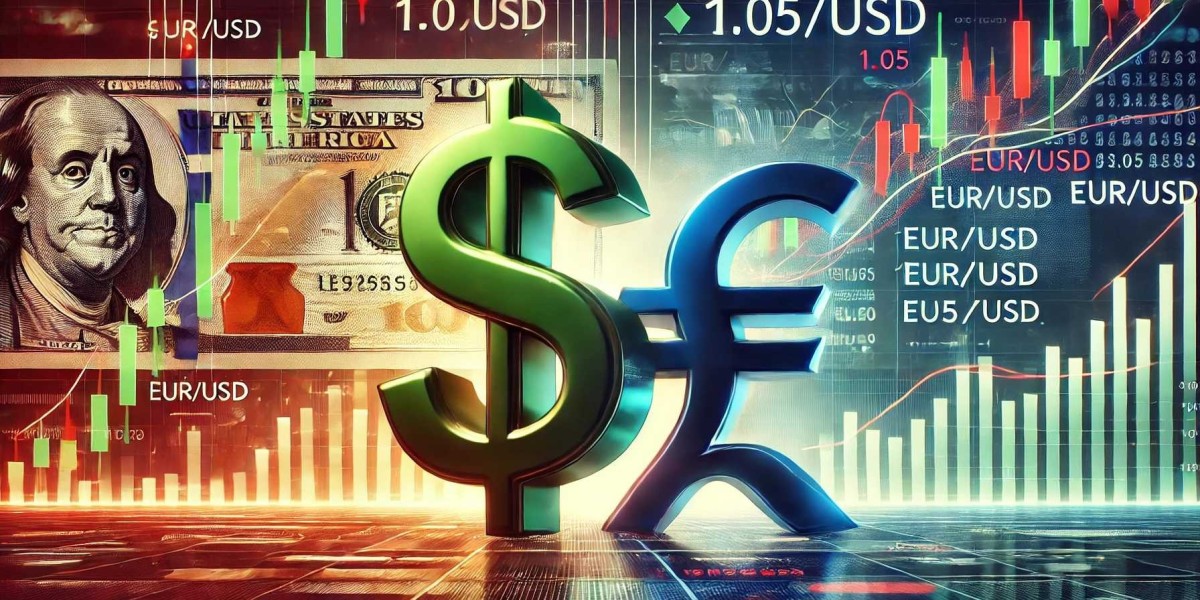As the world navigates the economic landscape of 2025 and beyond, the foreign exchange (Forex) market continues to evolve under the influence of geopolitical shifts, monetary policy decisions, and investor sentiment. The year is expected to be marked by ongoing economic recovery, inflationary concerns, and central bank interventions that will shape currency valuations and investment strategies.
U.S. Dollar (USD):
The USD remains a dominant force, benefiting from global uncertainties, trade policies, and the Federal Reserve’s monetary decisions. While the U.S. economy is projected to maintain moderate growth, inflation concerns and potential interest rate adjustments will impact dollar movements. The U.S. Dollar Index is expected to fluctuate as global markets react to fiscal policies and economic data releases.
Euro (EUR):
The euro faces a mixed outlook, with the European Central Bank (ECB) navigating inflationary pressures and economic recovery in the Eurozone. Divergent monetary policies between the U.S. and Europe will influence EUR/USD movements, with investors closely watching ECB’s stance on interest rates and liquidity measures.
Japanese Yen (JPY):
The Japanese yen continues to be a key safe-haven asset, with its performance tied to global risk sentiment and Bank of Japan (BoJ) policies. Any potential shift from ultra-loose monetary policy could impact the yen, while geopolitical tensions and inflationary trends will further dictate its trajectory.
Australian Dollar (AUD):
The Australian dollar’s performance is closely linked to China’s economic health, commodity price fluctuations, and the Reserve Bank of Australia’s (RBA) policy decisions. With potential rate cuts and shifting trade dynamics, the AUD may face volatility throughout the year.
New Zealand Dollar (NZD):
The NZD is expected to remain under pressure as the Reserve Bank of New Zealand (RBNZ) manages economic slowdowns and inflation risks. Investor confidence in the currency will depend on trade relations, commodity market trends, and global economic conditions.
British Pound (GBP):
The British pound will continue to be influenced by post-Brexit economic developments, Bank of England’s monetary policies, and economic growth prospects in the UK. Fluctuations in GBP/USD will likely reflect broader economic uncertainties and inflation trends.
Gold (XAU/USD):
Gold remains a key asset for investors seeking stability amid inflationary pressures and geopolitical risks. Prices are expected to remain above $2,000 per ounce, with demand from central banks and institutional investors providing strong support. However, rising bond yields and a strengthening dollar could pose challenges for further gains.
Stock Market Indices:
S&P 500 (SPX):
The S&P 500 is expected to see moderate gains, driven by corporate earnings growth and technological innovation. However, rising interest rates and inflation could introduce volatility, leading to periods of market corrections.
NASDAQ (NDX):
The NASDAQ will likely continue its upward trend, fueled by advancements in artificial intelligence, semiconductor demand, and tech sector expansion. Nevertheless, valuation concerns and regulatory scrutiny could pose risks to high-growth stocks.
Dow Jones Industrial Average (DJIA):
The Dow Jones is projected to remain stable, with industrials, energy, and consumer sectors leading gains. Trade policies and global economic conditions will play a significant role in shaping the index’s performance.
FTSE 100 (UKX):
The FTSE 100 benefits from a weaker pound, supporting export-heavy industries. However, the UK’s economic growth pace and inflation trends will influence long-term market sentiment.
DAX (GER30):
The DAX continues to attract investor interest as Germany’s economic landscape stabilizes. Challenges such as inflationary pressures and energy policies could impact its momentum, but industrial growth remains a key driver.
Market Outlook:
The Forex and broader financial markets in 2025 and beyond will be shaped by central bank policies, inflation management strategies, and global trade developments. Investors should remain cautious, as currency and asset valuations are likely to fluctuate in response to evolving macroeconomic conditions.
A diversified investment approach, considering both traditional and alternative assets, will be essential for navigating market uncertainties. As technological advancements and geopolitical shifts continue to shape global finance, staying informed and adaptable will be crucial for traders and investors in the coming years.


